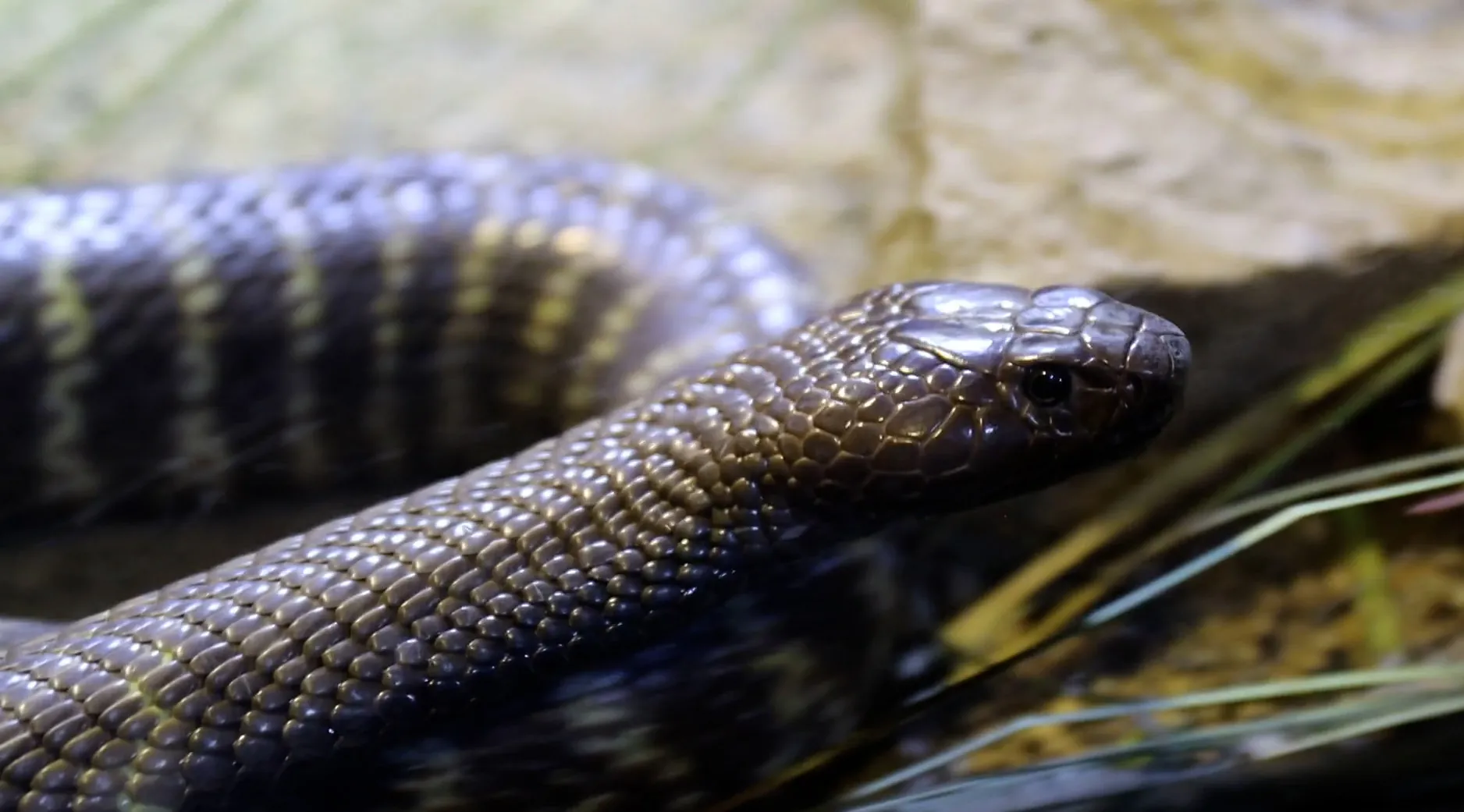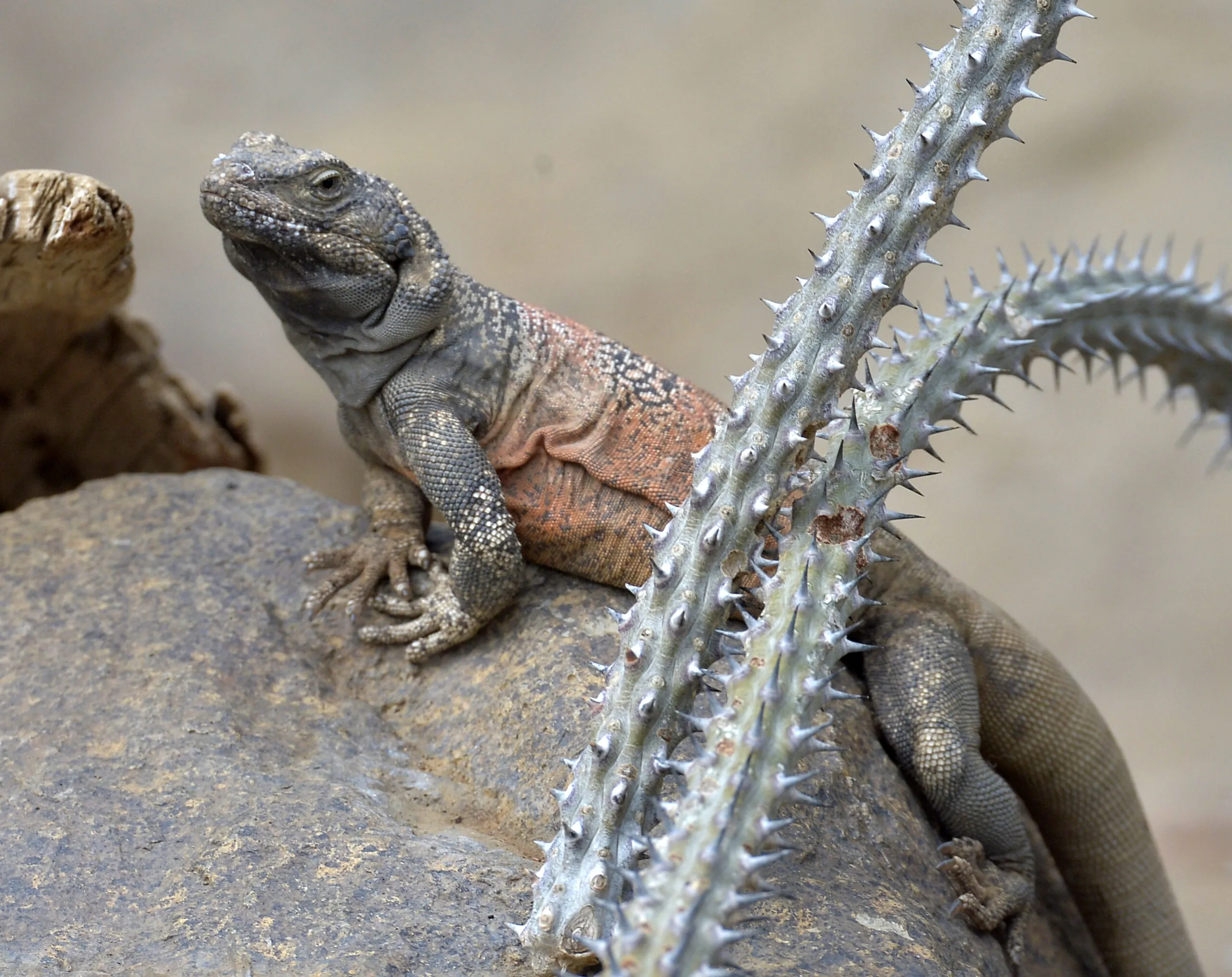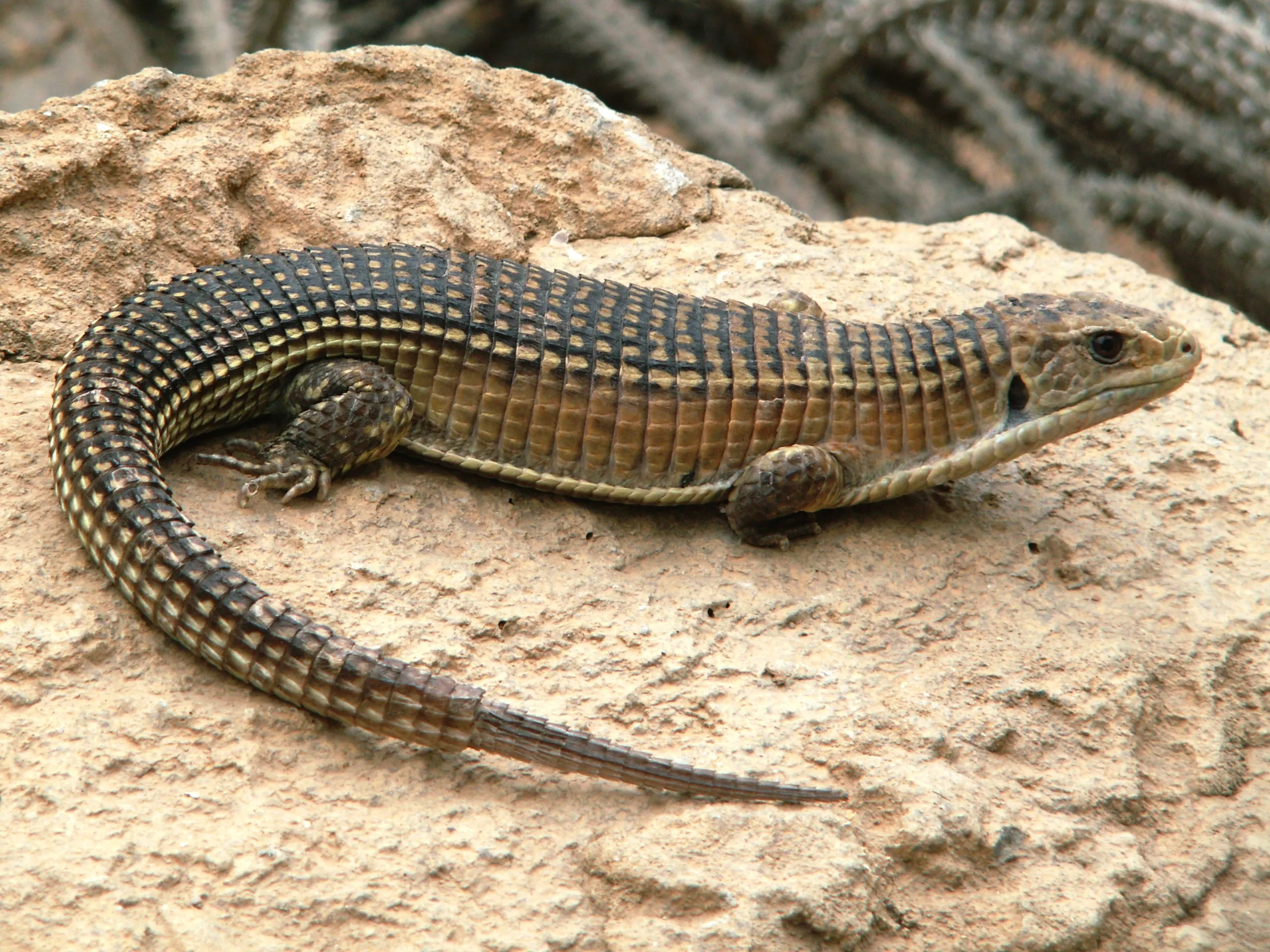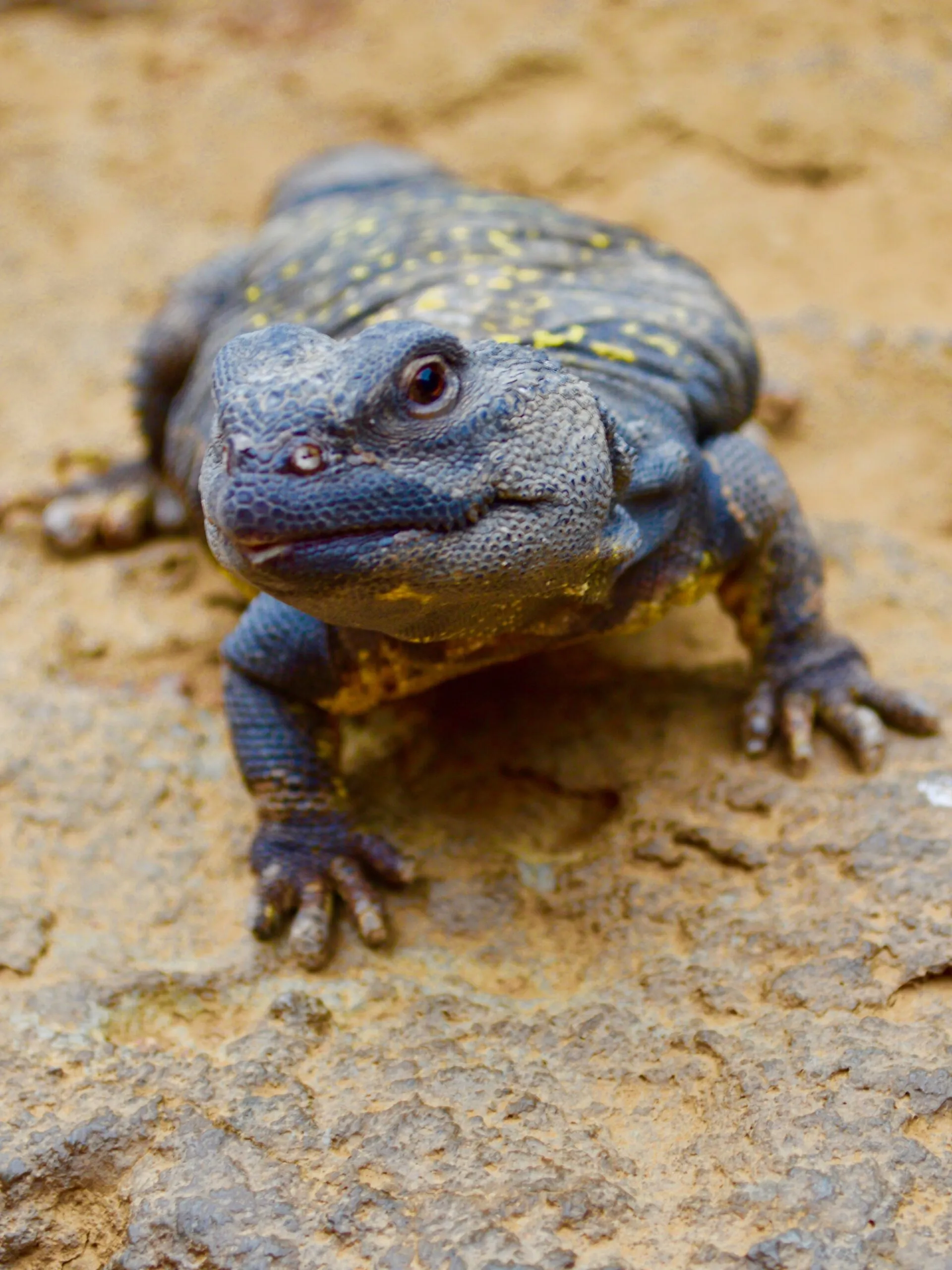-
Menu
- Plan Your Visit
- Meet The Animals
- Check Out Events
- Memberships
- About The Zoo
- Support the Zoo
- Conservation
- Education
- Groups & Private Events
- Zoo News
- Contact
- Zoo Store
- Indianapolis Prize
- Global Center for Species Survival
- Schedule
- Donate
- Membership
- Tickets

- Plan Your Visit
- Meet The Animals
- Check Out Events
- Memberships
- About The Zoo
- Support the Zoo
- Conservation
- Education
- Groups & Private Events
- Zoo News
- Contact
- Zoo Store
- Indianapolis Prize
- Global Center for Species Survival
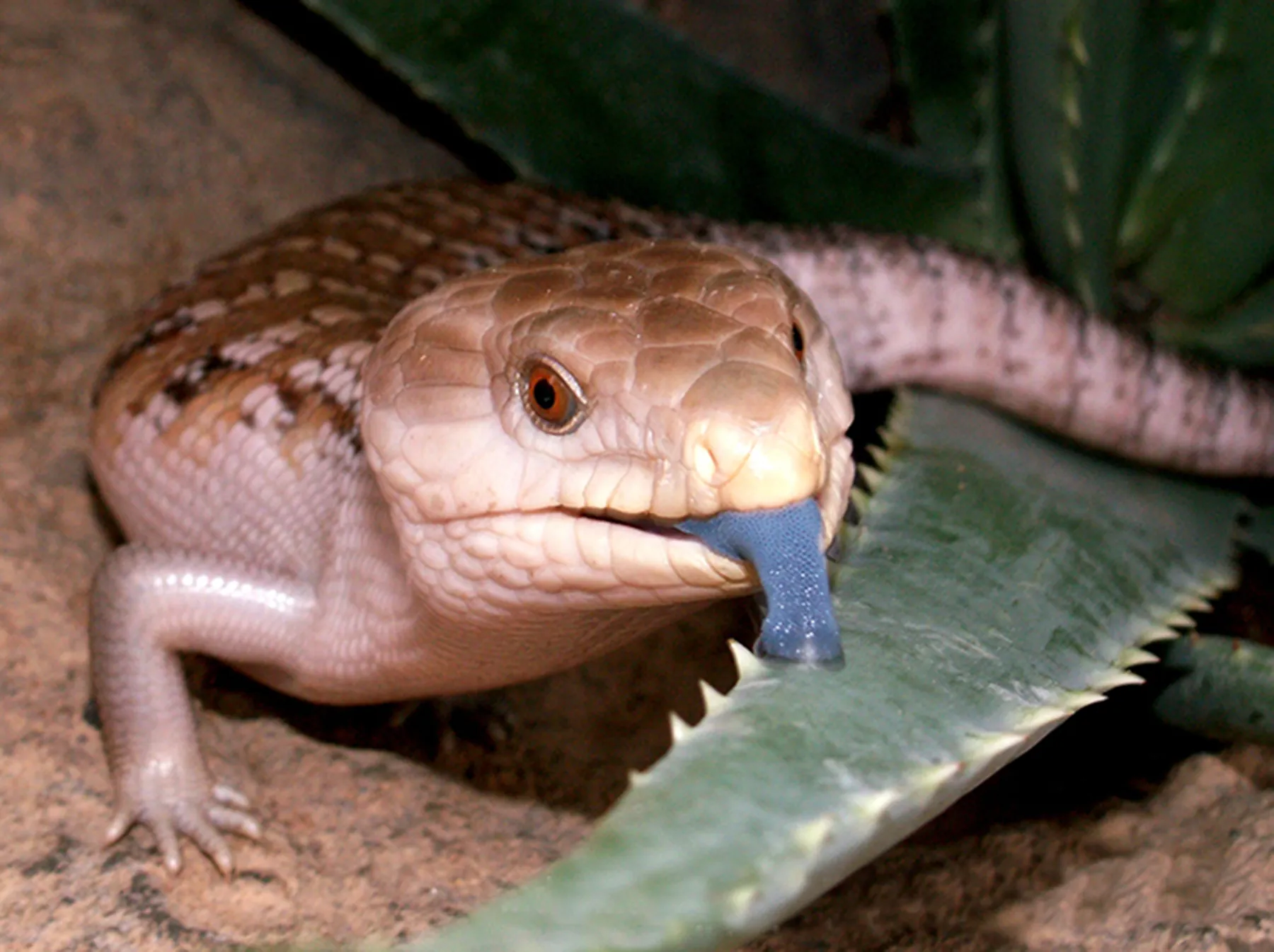
Blue-Tongued Skink
Tiliqua scincoides
About
Blue-tongued skinks are mostly solitary lizards that claim a territory for themselves among the dry woodlands and grasslands of Australia. They forage for small animals, fruits and flowers during the day, sheltering under leaves or inside logs at night. Like other lizards, they bask in the sun to warm their bodies. Blue-tongued skinks mate once a year, with the female giving birth to up to 20 live young after a few months. They can live 20 years or more.
And what about that blue tongue? Equipped only with a scaly skin and short legs on a long body, the blue-tongued skink uses its unusual blue tongue to stand up for itself when danger threatens! Skinks surprise predators by opening their mouth to display their tongue and hiss. If a predator grabs its tail, the skink has one more strategy—drop it! The tail can regrow later after the skink gets away.
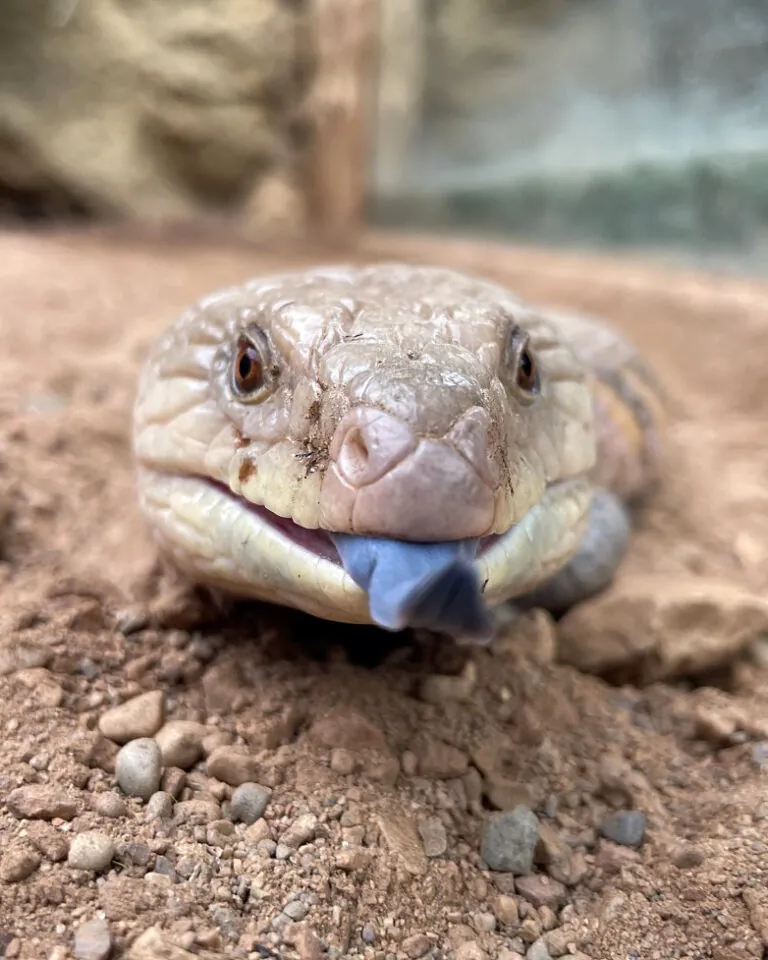
Conservation
Blue-tongued skinks are thriving across their habitat and are popular pets. Always do your research before adopting a new pet to make sure you can meet its needs for the entirety of its life.
WHERE ARE THEY AT THE ZOO?

Learn About Other Deserts Animals
